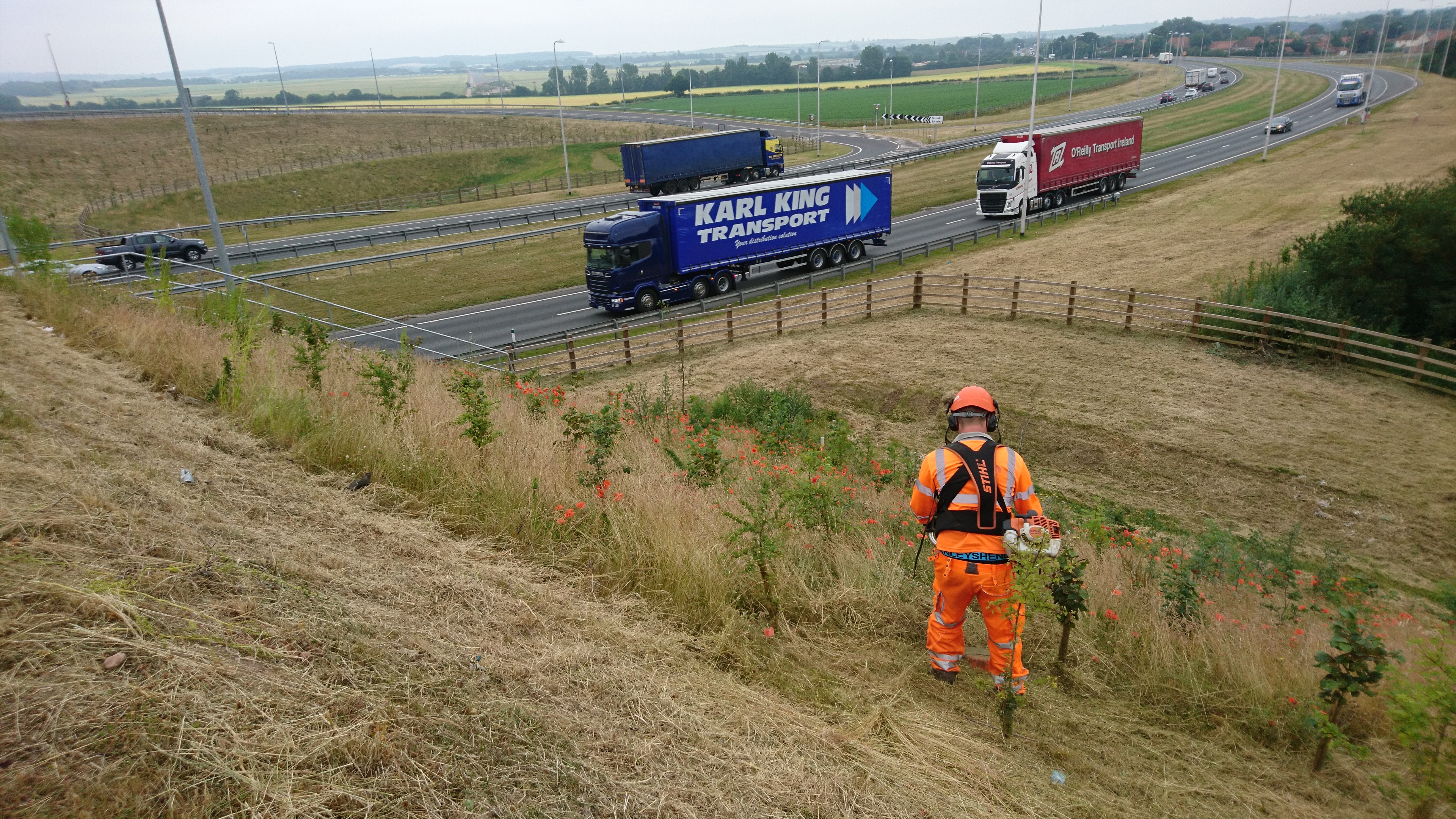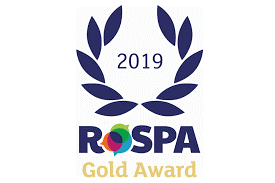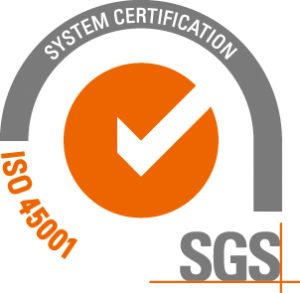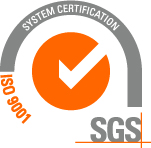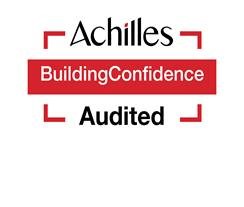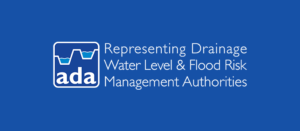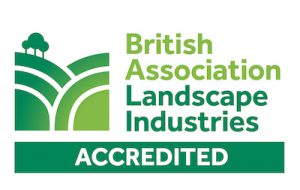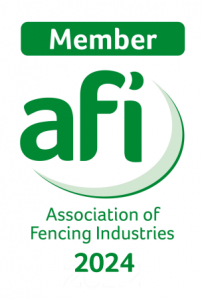We are blessed to be able to connect with nature on a daily basis here at ATM, from our Operatives out on site, to the local areas near our offices for corporate staff.
Head Office is situated in the pretty North Yorkshire town of Boroughbridge, which makes for idyllic lunchtime walks and is extremely beneficial for staff morale and mental health, being able to get outdoors and reconnect with the nature that is all around us. A happy workforce equals a productive workforce and ATM takes great pride in the wellbeing off all staff members.
Positioned just a couple of miles from our head office, is Staveley Nature Reserve. This superb wetland site lying close to the River Tutt holds year-round interest for visitors, with regular sightings of otters and several orchid species among the highlights.


With this year’s Mental Health Awareness theme in mind, it is a great place to visit to connect with nature and spot some unique species of both plants and animals, thriving in this natural habitat.
Staveley Nature Reserve, part of a larger area known as Staveley Carrs, has been renowned for rare plants for centuries. Today, this large, accessible site has been sculpted through quarrying activities followed by decades of work by Yorkshire Wildlife Trust and dedicated volunteers.


The site is in two parts: The East Lagoon edged with vegetation that was allowed to develop naturally post quarrying, comprising fen, reed swamp, scrub and flower-rich grassland; and the West Lagoons, which was landscaped and returned to agricultural usage after quarrying, with arable and intensively grazed areas. This part of the site has seen much activity to create more interesting wildlife habitats, since the Trust’s purchase of the land in 2010.


An 11 Hectare hay meadow has been created on a former arable field, islands, nesting platforms and a sand martin wall have been built around the lake, and ponds and scrapes put in to increase the area of wetland habitat. The nature reserve is bordered by the River Tutt on its northern boundary and there are footpaths and hides from which to observe the varied wildlife.

Small areas of fen (peat-accumulating wetland fed by mineral-rich ground or surface water) are home to several relic species which were once widespread before the Carrs were drained and transformed into farmland. Locally scarce species such as Water Violet, Marsh Helleborine and Meadow Rue can be found.
Common breeding birds include summer visitors such as Sand Martin and several species of Warbler, with common Tern breeding on the rafts put out for them and Barn Owls in nest boxes. Wading birds such as Little Ringed Plover and Oystercatcher sometimes breed on the exposed bare ground and islands of West Lagoon. Red Kites and Buzzards are regular visitors. There have been 22 species of Damselflies and Dragonflies recorded in the main lagoons, small ponds and ditches!
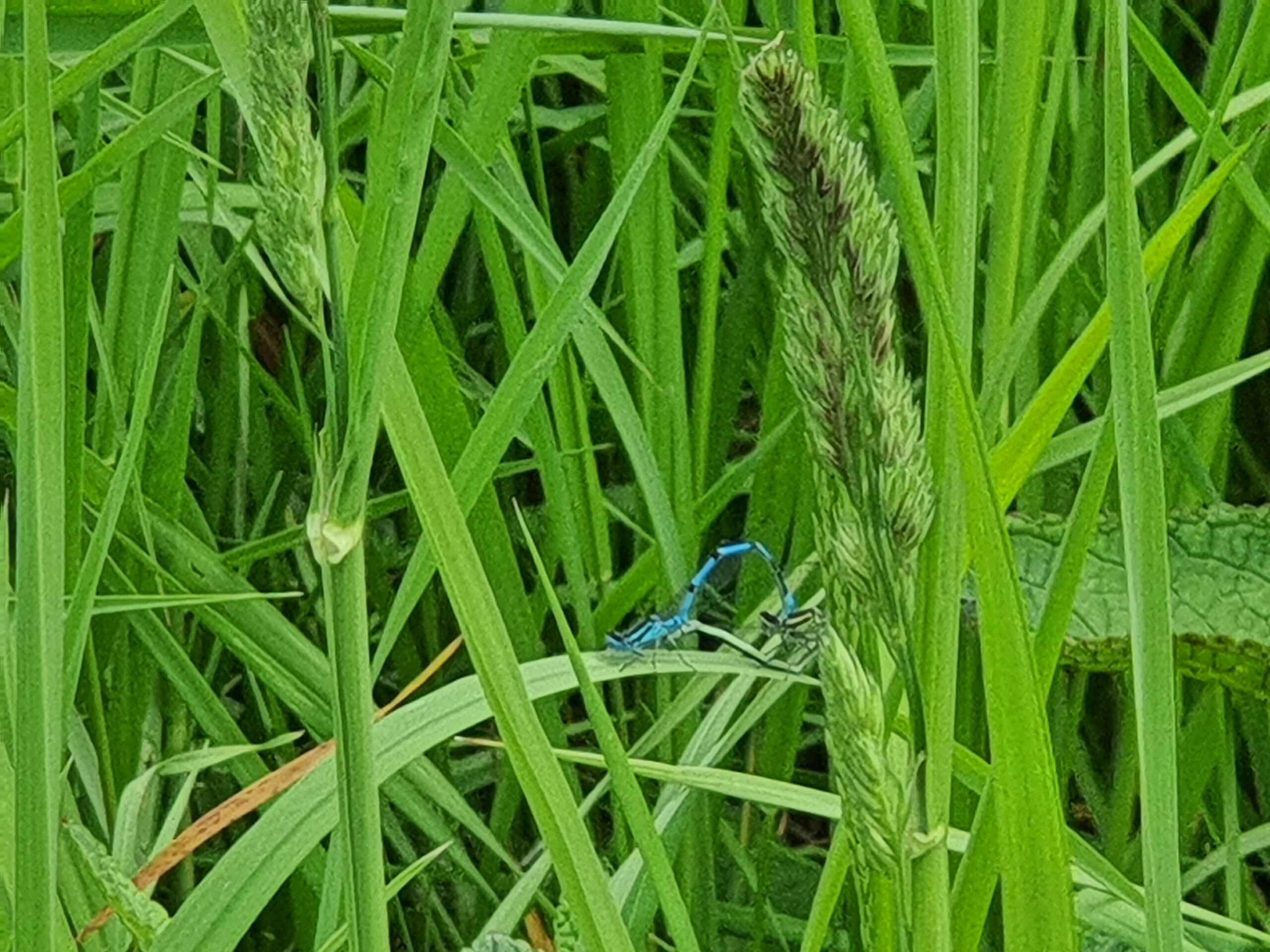
Mammals are well represented with Roe Deer and Fox amongst the larger species and Water Shrew and Harvest Mouse amongst the smaller species. Otters are seen regularly, quite often in the middle of the day on both lagoons.
Management of the nature reserve is designed to maintain the site’s diverse habitats with rotational reedbed management, scrub clearance and coppicing, cutting and raking of grassland, traditional haymaking and grazing with the Trust’s Highland and White Park Cattle and Hebridean Sheep, amongst other activities.
Summer highlights to look out for include: Plants - Marsh Helleborine, Common Spotted Orchid, Bee Orchid; Invertebrates - Peacock Butterfly; Birds - Barn Owl

 info@atm-ltd.co.uk
info@atm-ltd.co.uk
